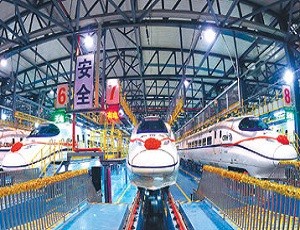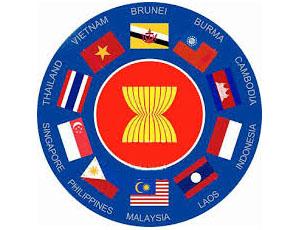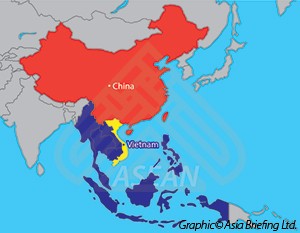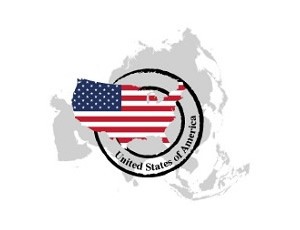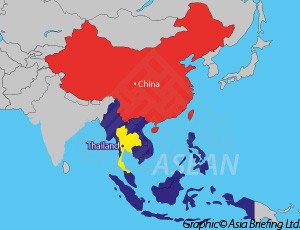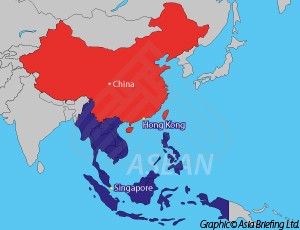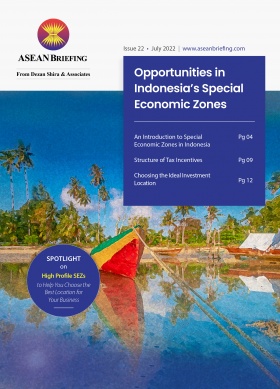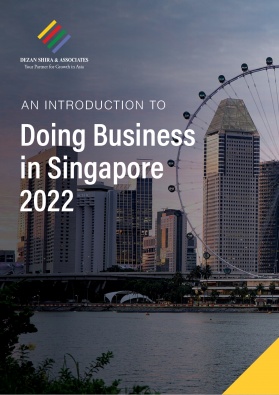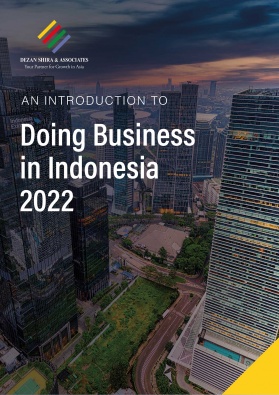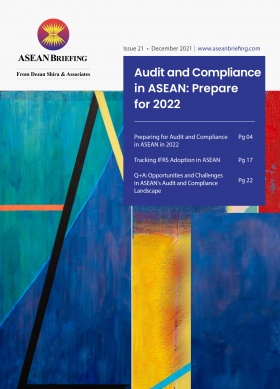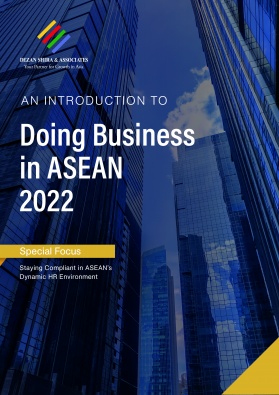Beijing to Sydney by Train: The Potential Development of a Singapore, Indonesia & Australia Rail Network
The China-Singapore rail project has been getting a lot of attention over the past few years as these routes continue to develop. But why stop at Singapore? How about taking the train from Beijing to Sydney? In this article, Chris Devonshire-Ellis discusses the creation of such a rail route.
EU Gets a Handle on Cambodian Re-Exported Bicycles with New Tariff
The European Union has imposed a 48.5 percent duty on Cambodian bicycle exports to put the brakes on Cambodia flooding the market with Chinese-sourced models dumped in the single market at below cost price.
Brunei Seeks to Improve Business Environment, Diversify Economy Ahead of AEC Compliance
Brunei has acknowledged the need to diversify its economy away from its current focus on oil and gas industries, particularly with the ASEAN Economic Community soon to be implemented. As such, the government is attempting to foster the creation of new core industries and attract greater foreign investment. The governmental plan “Vision 2035” is part of the official attempt to create a more attractive business environment by developing a stable and economic climate in the country.
China-ASEAN Cost of Business Comparisons – Executive Summary
Our nine part series on the cost of doing business in ASEAN compared with China details cost of labor and taxes, together with bilateral trade profiles between China and ASEAN countries.
The Cost of Business in Vietnam Compared With China
Read how ASEAN Tiger Vietnam compared to China as a destination for your business in the latest in our nine-part series comparison ASEAN with China.
State by State: ASEAN and Texas Trade
Known as the “Lone Star State”, Texas is the second largest American state and the second most populous. The ten nations that make up the Association of Southeast Asian Nations (ASEAN) are becoming increasingly important trade partners for Texas. In this article, we take an in-depth look at this blossoming trade relationship between Texas and ASEAN.
The Cost of Business in Thailand Compared With China
Read how ASEAN Tiger Thailand compared to China as a destination for your business in the latest in our nine-part series comparison ASEAN with China.
ASEAN’s 2015 AEC Compliance Deadline – What It Actually Means
Chris Devonshire-Ellis explains what the much publicized “AEC Deadline” which is due at 31st December 2015 really means for your business in ASEAN.
State by State: ASEAN and Minnesota Trade
Minnesota’s almost billion-dollar trade surplus with ASEAN is impressive; in 2014, Minnesota’s exports of US$1.77 billion far exceeded imports from the region of US$808.4 million. ASEAN received 8.3% of the state’s total exports in that year.
The Cost of Business in Singapore Compared With Hong Kong, China
The seventh part in our comprehensive look at how doing business in ASEAN compares with China, this time focusing on the Singapore.


